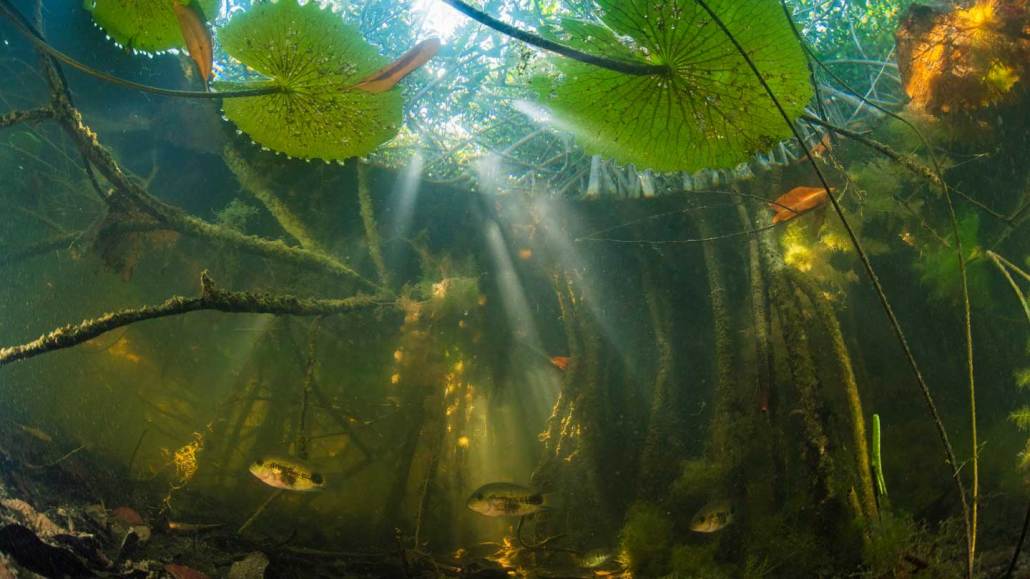
Fish and other aquatic life in the San Pedro Mártir River on the Yucatán Peninsula find refuge in the submerged roots of a red mangrove forest. The trees are part of a “relict ecosystem” that has existed for more than 100,000 years.
Octavio Aburto

Fish and other aquatic life in the San Pedro Mártir River on the Yucatán Peninsula find refuge in the submerged roots of a red mangrove forest. The trees are part of a “relict ecosystem” that has existed for more than 100,000 years.
Octavio Aburto